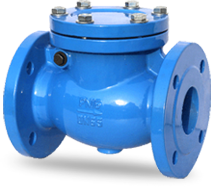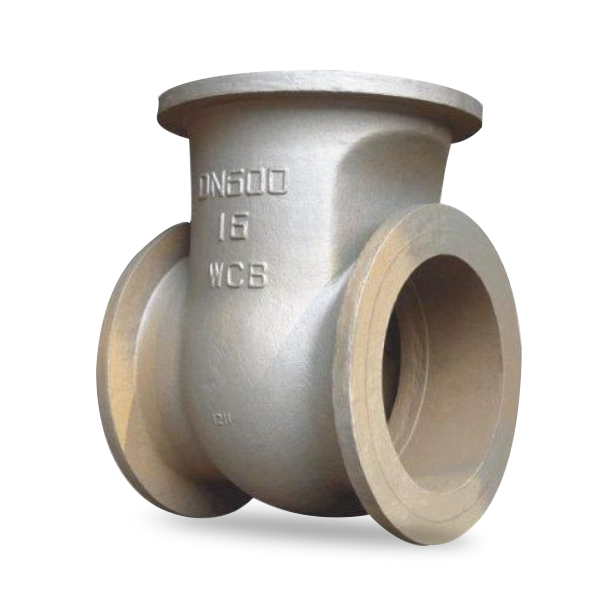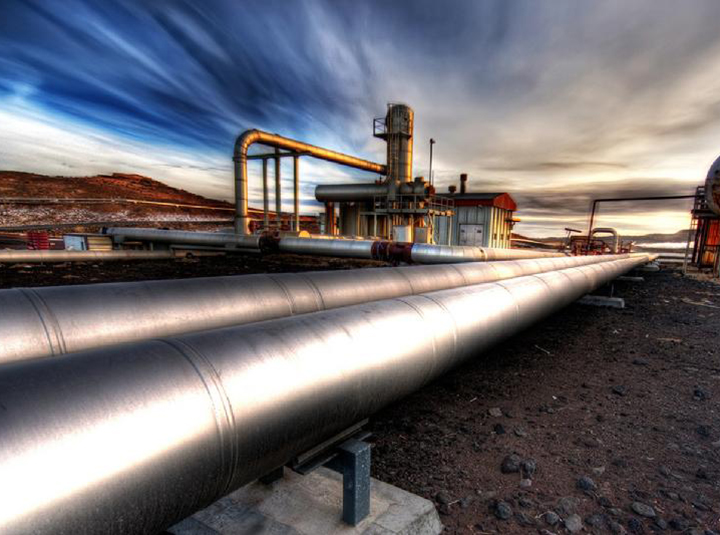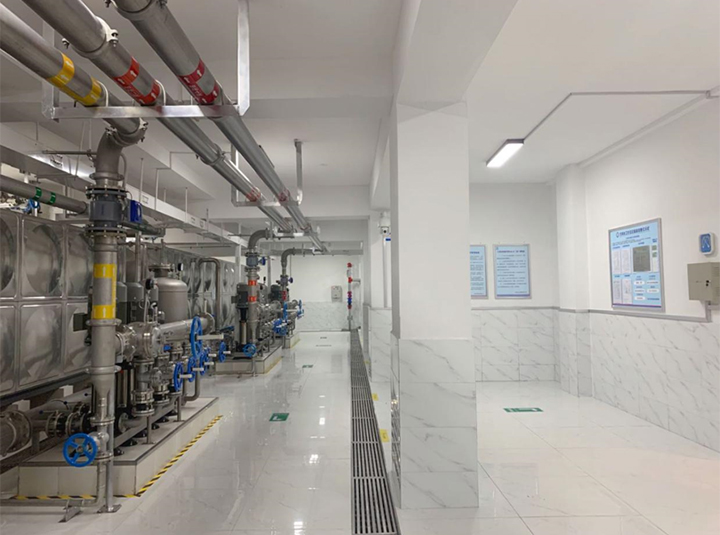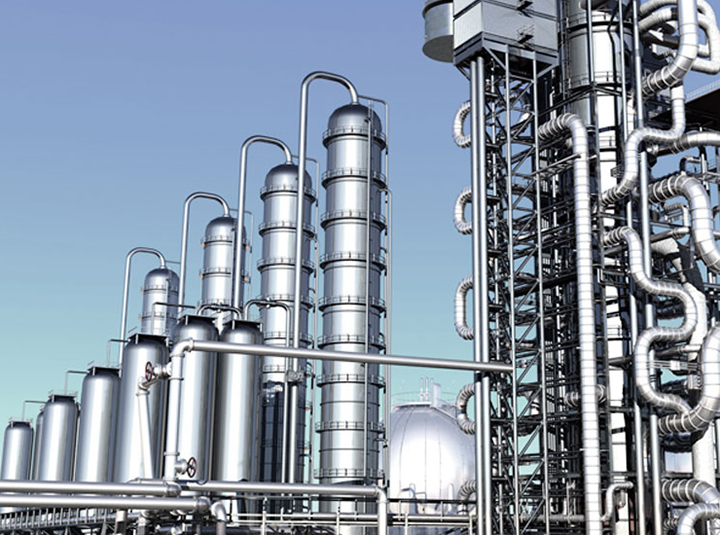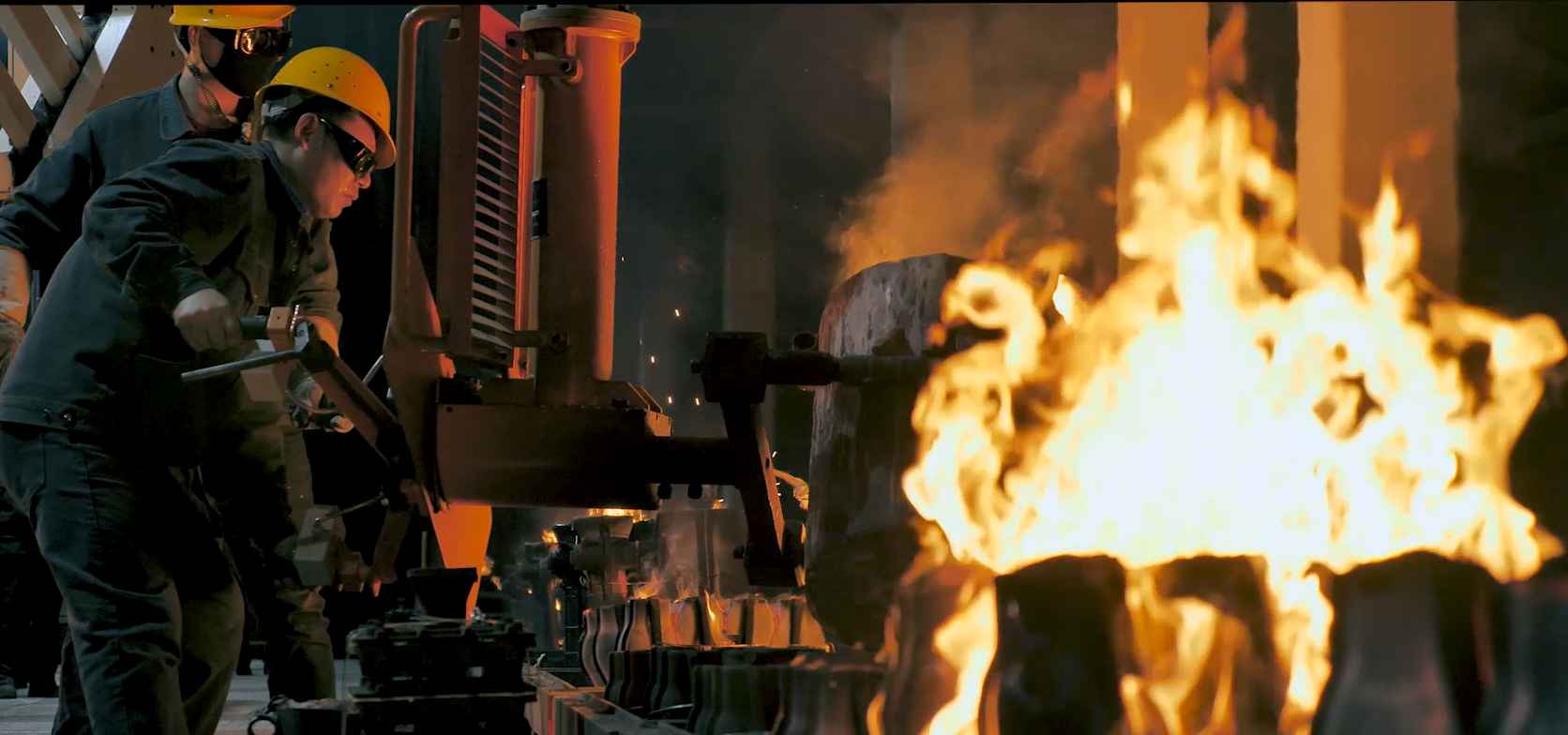Swing check valves play a crucial role in controlling the unidirectional flow of fluid in pipeline systems and are widely used across various industries. However, over time, these valves may experience issues such as leakage, blockages, improper closing, and more, which can affect the efficiency and safety of the system. Understanding these common faults and their solutions can help users better maintain the equipment, extend its service life, and ensure the normal operation of the pipeline system.
Leakage
Cause:
Worn-out seat or disc: Over time, the sealing surfaces of the disc or seat may wear, causing leaks.
Improper installation: Incorrect installation may cause improper sealing, leading to leakage.
Damaged or worn seals: Seals around the valve may degrade due to prolonged exposure to high pressure, temperature, or chemicals.
Incorrect pressure ratings: Using the valve in a system with pressure higher than the valve's rated capacity.
Solution:
Replace damaged parts: Inspect the valve for worn or damaged seals, seats, or discs, and replace them as necessary.
Proper installation: Ensure that the cast steel swing check valve is installed according to the manufacturer’s specifications, paying attention to proper alignment and sealing.
Check pressure rating: Verify that the pressure in the system does not exceed the valve’s pressure rating.
Use high-quality seals: Replace old seals with ones designed for the specific operating conditions of the system.
Clogging
Cause:
Debris or solids in the flow: Particles or debris in the fluid can accumulate in the valve, obstructing the flow path and potentially preventing the valve from operating correctly.
Corrosion or scaling: If the fluid contains corrosive substances or scale-forming compounds, it may cause build-up inside the swing check valve for water.
Improper valve sizing: A valve that is too small for the flow rate may cause excessive turbulence, increasing the chance of clogging.
Solution:
Regular cleaning and maintenance: Periodically clean the valve to remove any debris or sediment that may have accumulated. This could include flushing the valve with a suitable solvent or cleaning agent.
Use filters: Installing a filter upstream of the valve can help prevent debris from reaching the valve and clogging it.
Proper sizing: Ensure that the valve is appropriately sized for the flow rate of the system. Avoid under-sizing, as this can increase the risk of clogging.
Use corrosion-resistant materials: If the system fluid is corrosive, use materials resistant to corrosion (e.g., stainless steel) to minimize the buildup of scale or corrosion inside the valve.
Improper Closing
Cause:
Incorrect pressure differential: If the pressure differential across the valve is too low, the disc may not close completely or timely.
Worn or damaged hinge pin: The hinge pin or other moving components may wear out over time, causing the disc to fail to close properly.
Inadequate spring tension: Some swing check valves use a spring to assist with closing. If the spring is weak or damaged, it may not provide sufficient force to close the valve.
Air or gas pockets: Air or gas in the system can cause erratic valve behavior, including improper closing.
Solution:
Check the pressure differential: Ensure there is a sufficient pressure differential across the valve to allow proper closing. If necessary, adjust the system to ensure the pressure difference is adequate.
Inspect the hinge pin and components: Regularly inspect the hinge pin, disc, and other moving parts for wear and replace them if necessary.
Replace or adjust the spring: If the valve has a spring assist for closing, inspect it for wear or damage and replace or adjust the tension as needed.
Eliminate air or gas pockets: Ensure the system is purged of air or gas to prevent erratic valve behavior. Installing air release valves or venting the system may help.
By ensuring correct installation, proper selection, and regular cleaning and upkeep, not only can the reliability of the system be improved, but unnecessary losses caused by valve failure can also be minimized. Therefore, maintaining the optimal condition of swing check valves is essential to ensuring the efficient and safe operation of the pipeline system.

